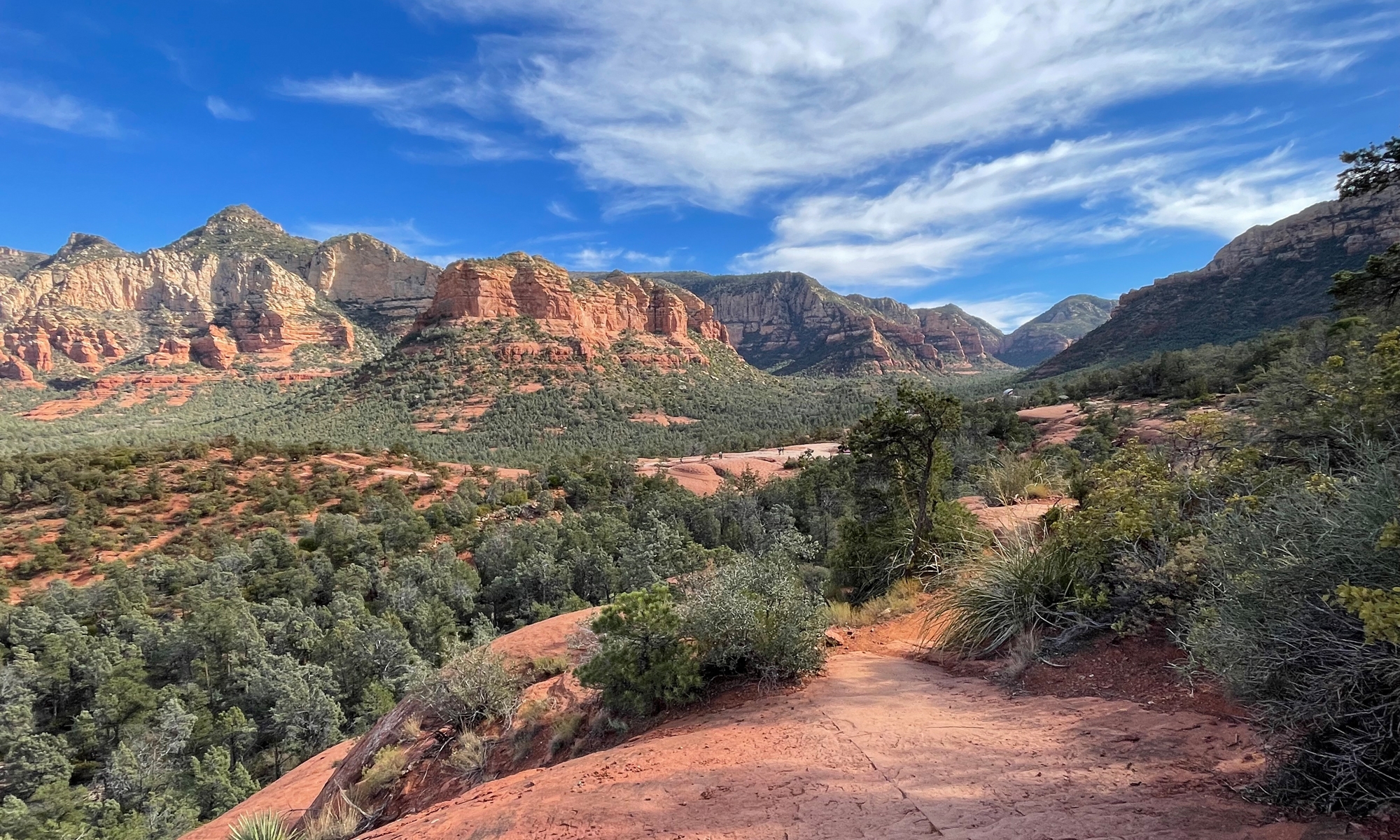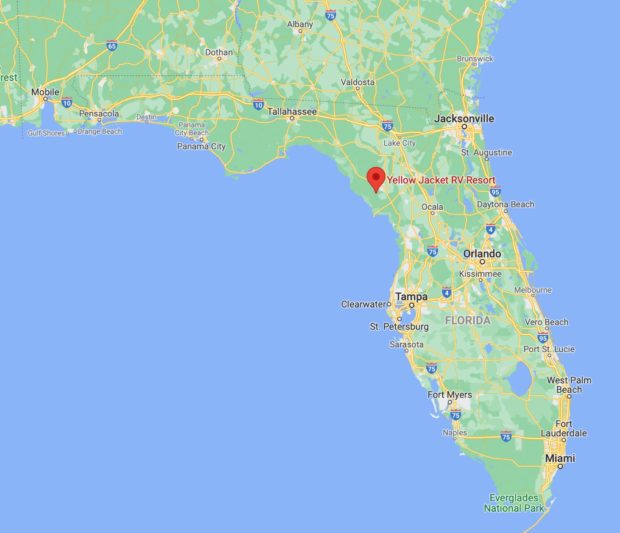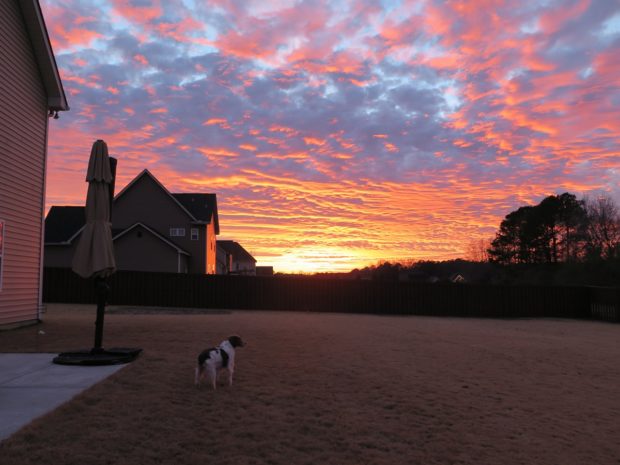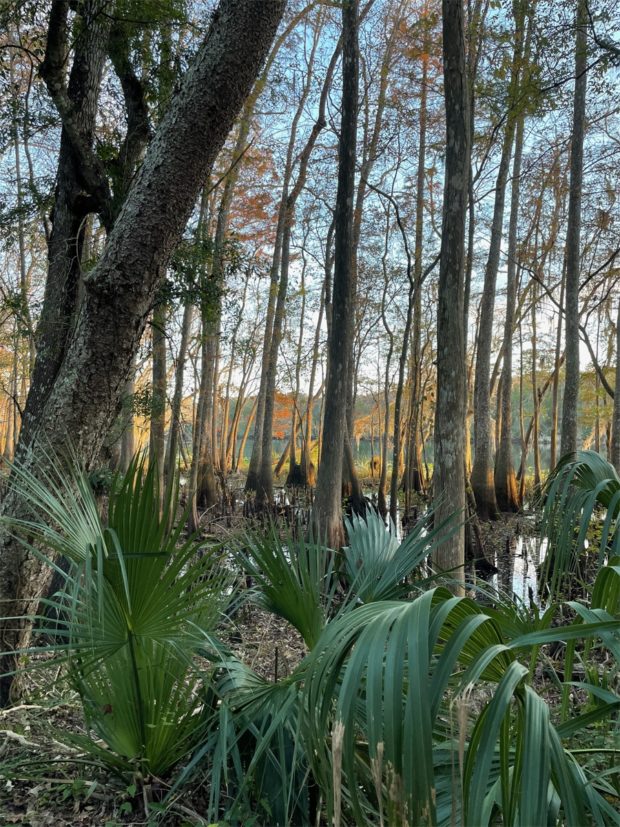
As we were preparing to return to Florida, to the same campground where we spent a week(ish) in June 2021, I was picturing the same, very green place, only cooler. I did not picture the same place with lots of bare trees, less grass and other ground vegetation, and Fall colors. Alas, the latter is what we got. Not that I am complaining. It was still beautiful there, just in a different way. And most days were delightfully cool with far fewer mosquitoes, chiggers, no-see-ums, and other insects.
Another difference? This time, I had a kayak and was able to explore the beautiful Suwannee River and a few of Florida’s magnificent springs. Plus, we had friends join us — moto-blogger Richard Machida and his wife, Bridget — so we had people to do things with.
Yellowjacket RV Resort (YJRR) was a relatively easy five-hour(ish) drive from Dauphin Island in Alabama. It was a bit longer than we usually like to spend on the road between stops, but we were okay pushing it a bit after being in one place for two months and knowing we’d be at YJRR for at least a month.
YJRR is located in a very remote part of Florida. It’s commonly referred to as the “Big Bend” area or Florida’s “Nature Coast.” The region doesn’t get as much publicity as other parts of Florida, maybe because it is so remote. But we love it there. It’s not mobbed with people (except for New Year’s weekend!), is very quiet, and there’s lots of nature to see and enjoy.
We arrived on December 1. Richard and Bridget weren’t scheduled to arrive until December 13, so we spent the first two weeks there alone. Since I am playing catch-up, the pics I’m sharing here are images I captured while it was just Mike, Belle, and me at the campground.
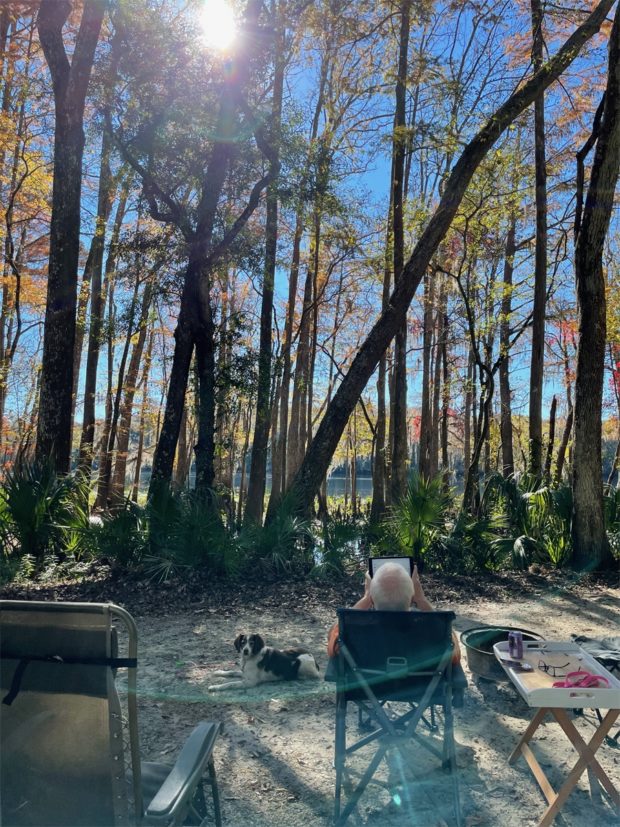
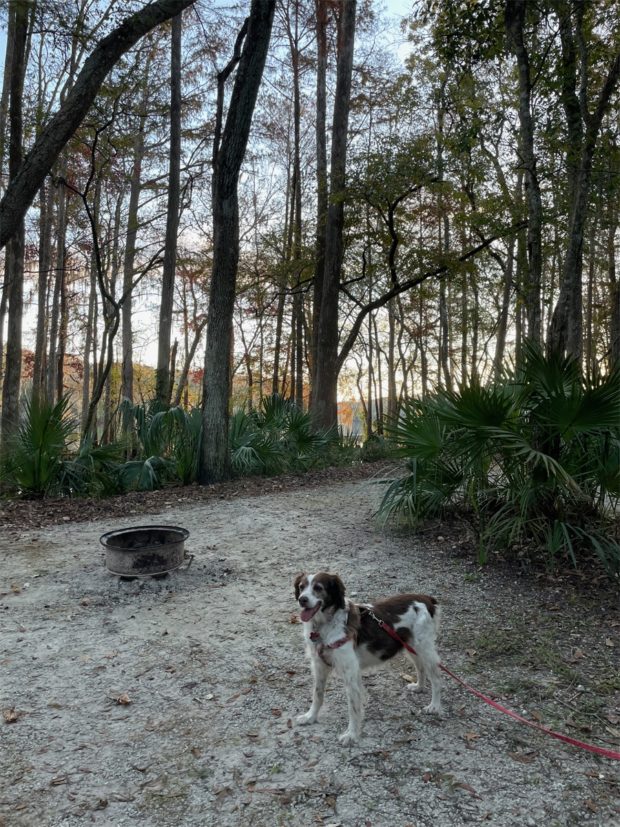
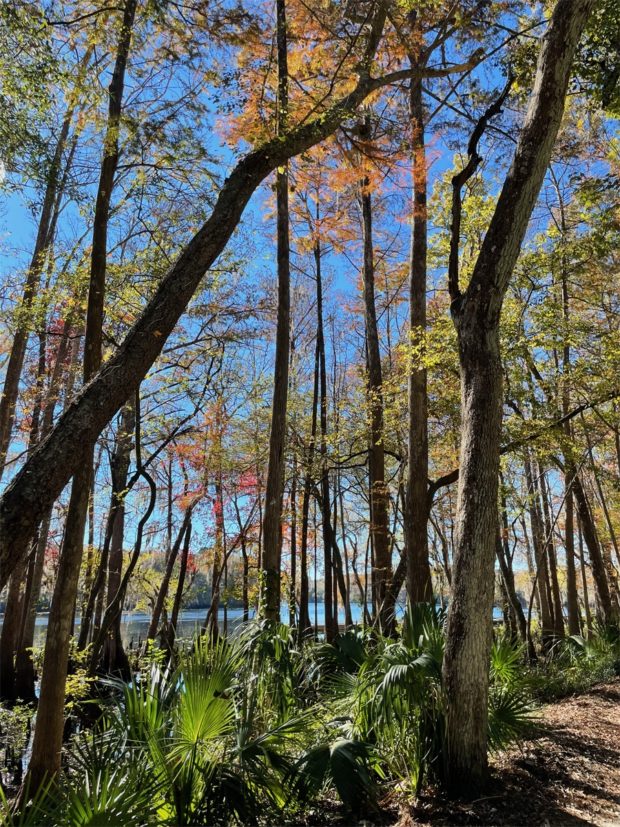
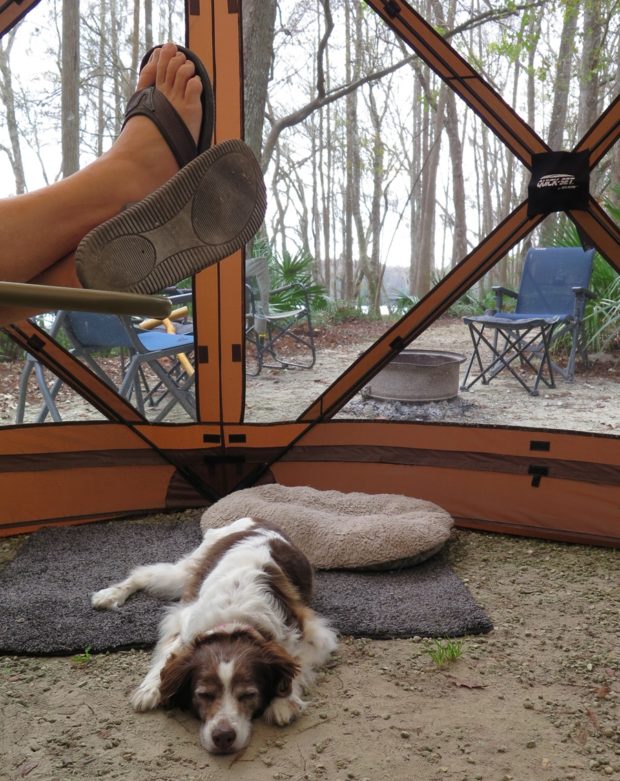
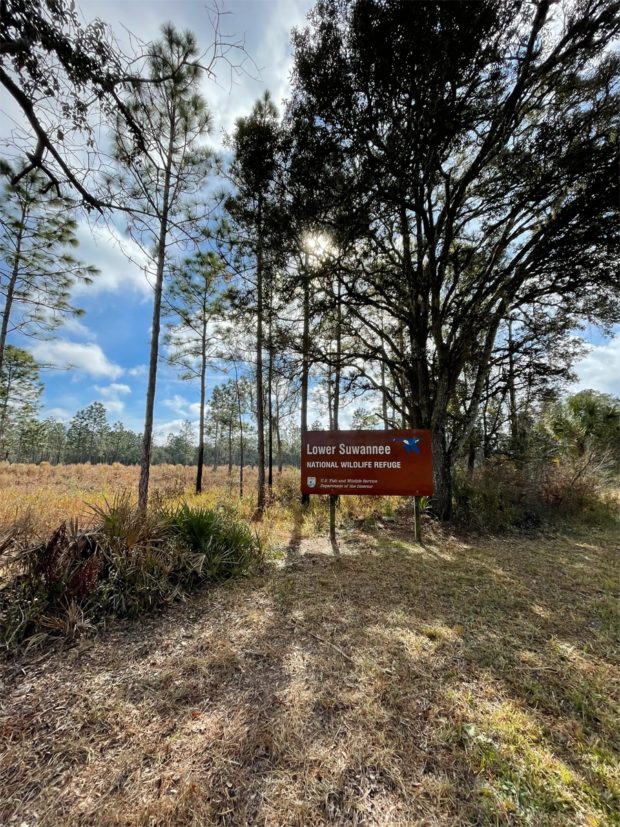
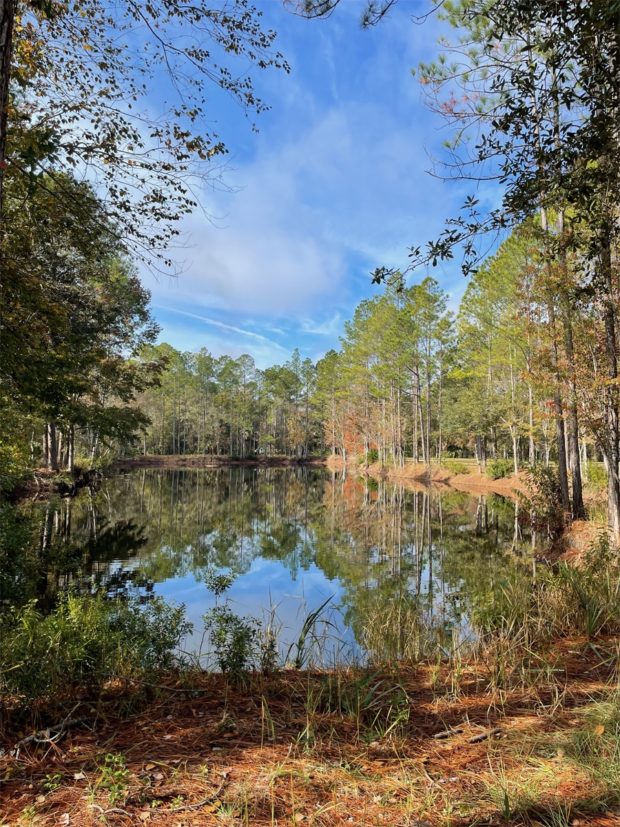
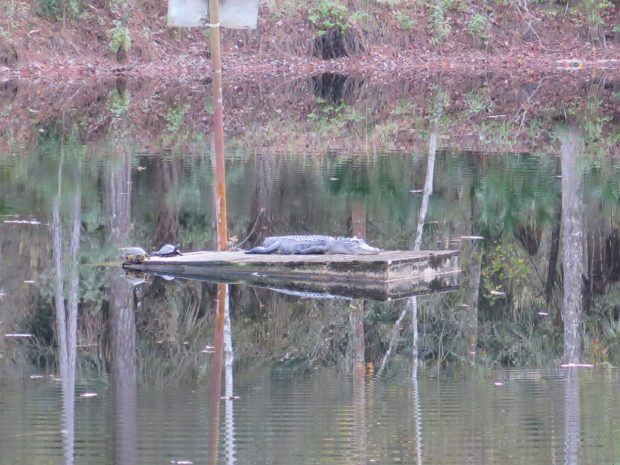
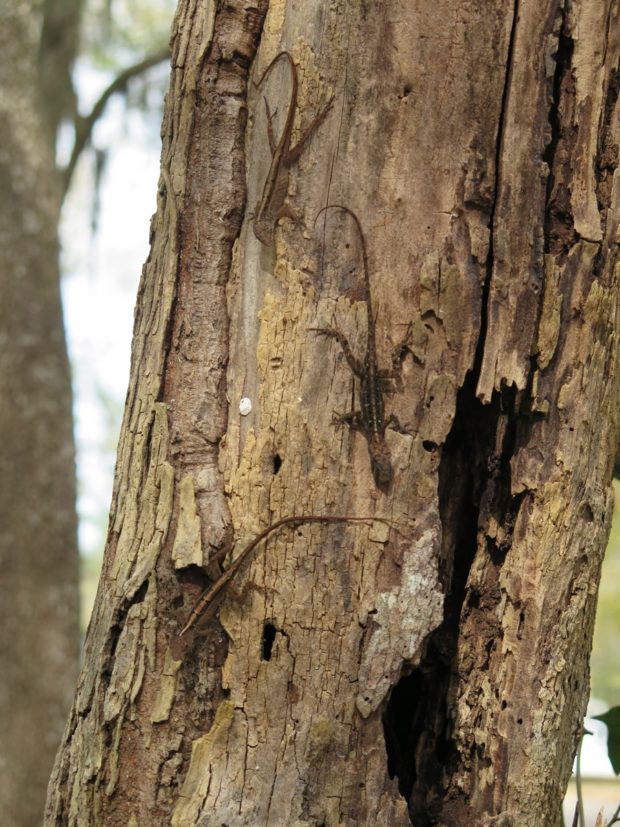
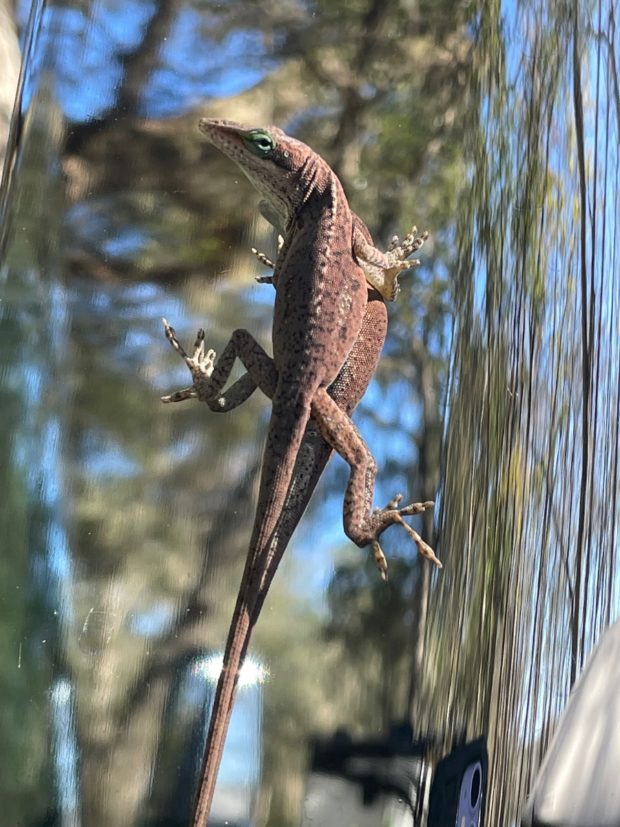
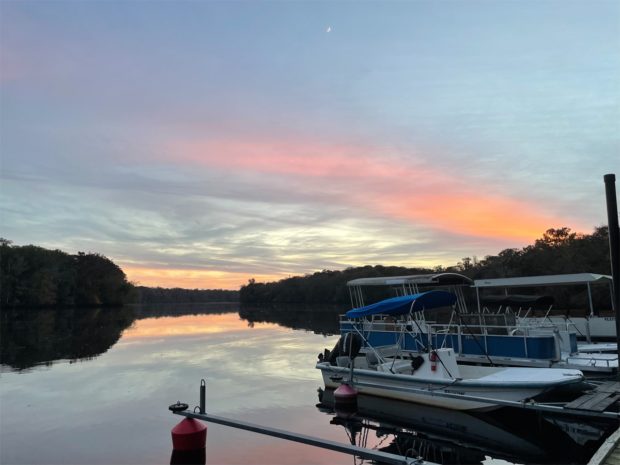
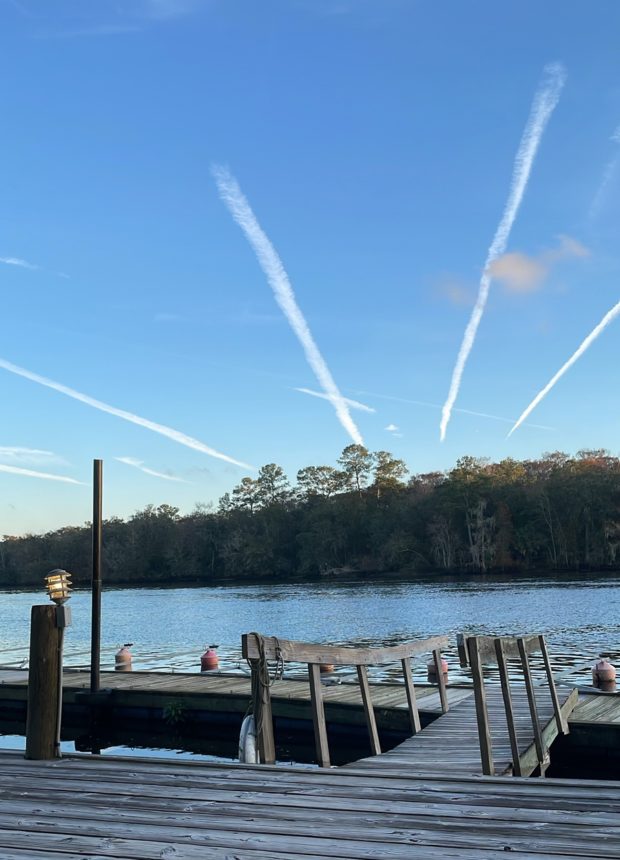
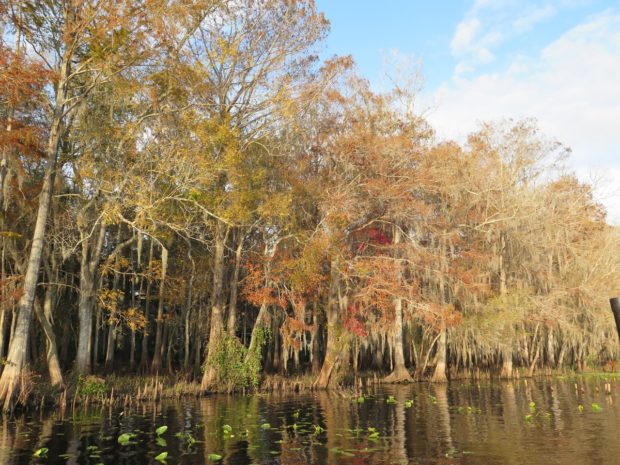
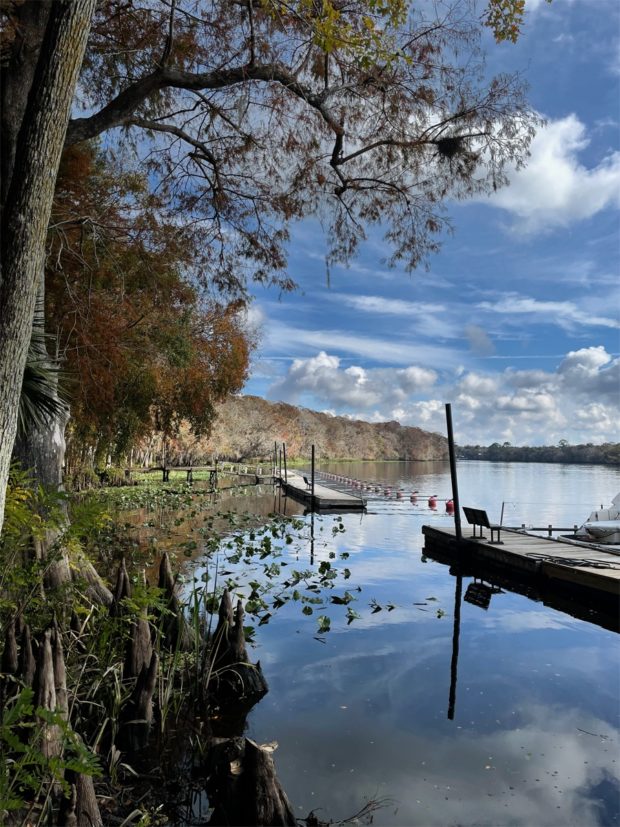
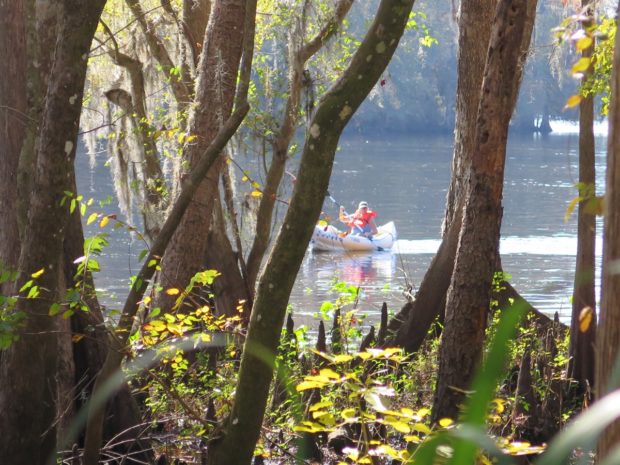
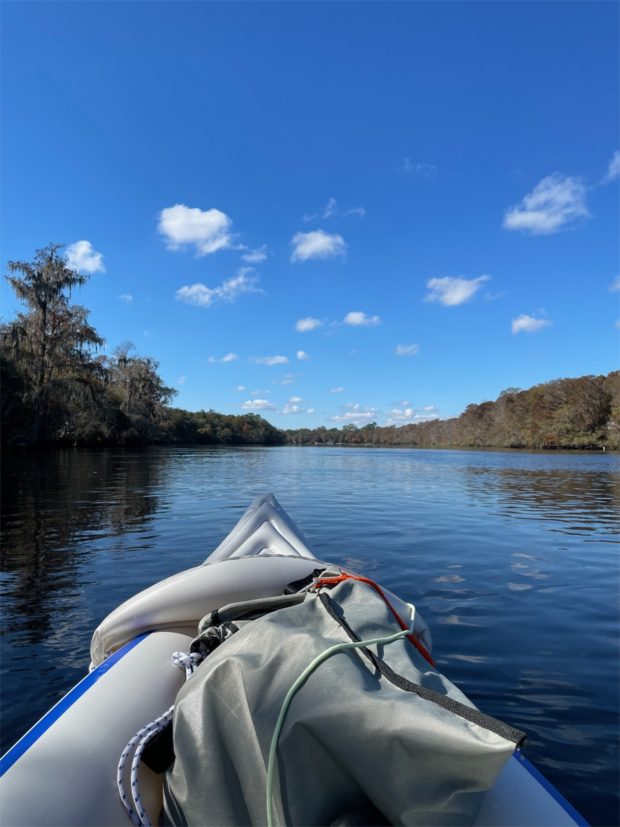
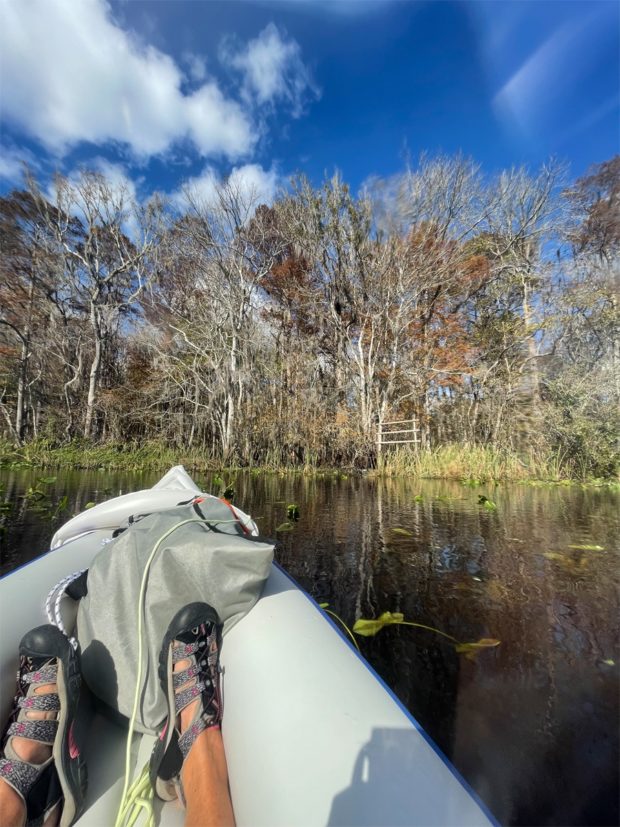
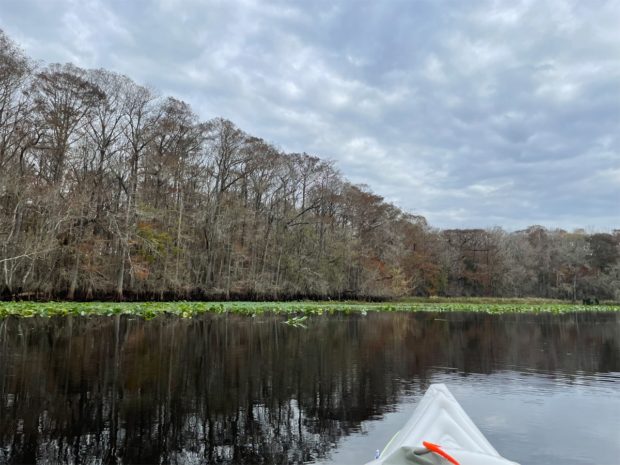
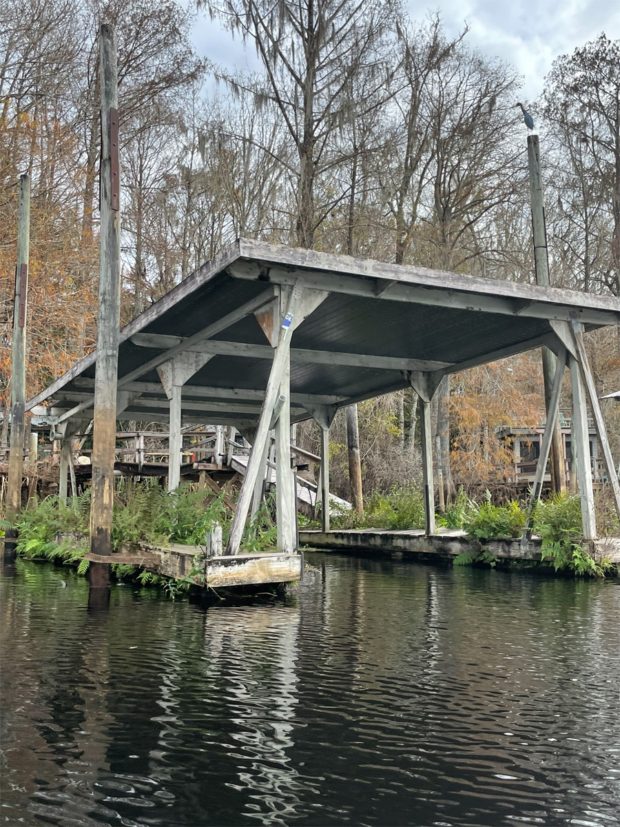
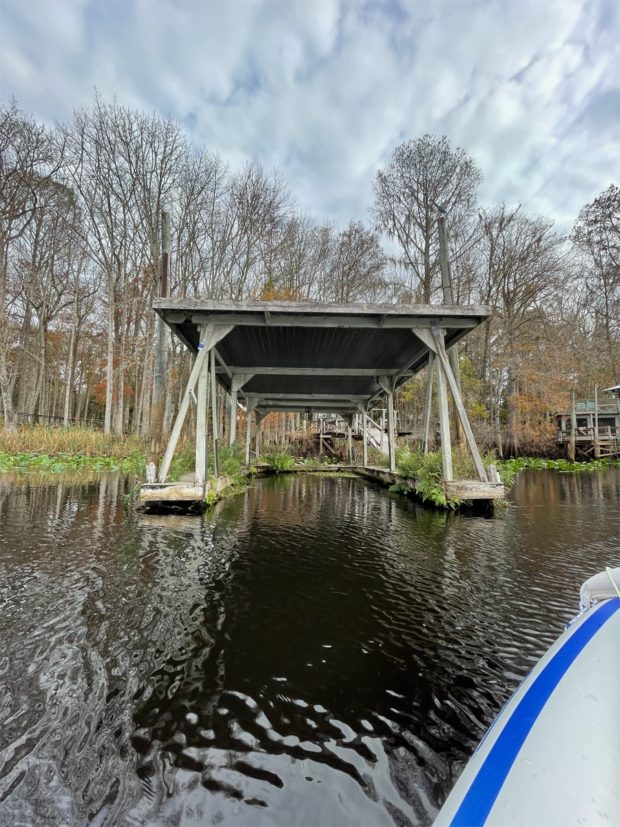
The Suwannee River is actually a federally designated wild river. The river flows from the Okefenokee Swamp in southern Georgia and winds for about 250 miles through swamps, high limestone banks, hardwood hammocks, and salt marshes before reaching the Gulf of Mexico in Florida. There are fifty-five springs that feed into the Suwannee along the way with over 150 other springs feeding into the Suwannee’s various tributaries. The water stays very dark in color so much so that its referred to as a black-water river. According to a website published by the Suwannee River Water Management District, “The river derives its tannic color from decaying vegetation in the Okefenokee Swamp and maintains a black tint as it flows south.”
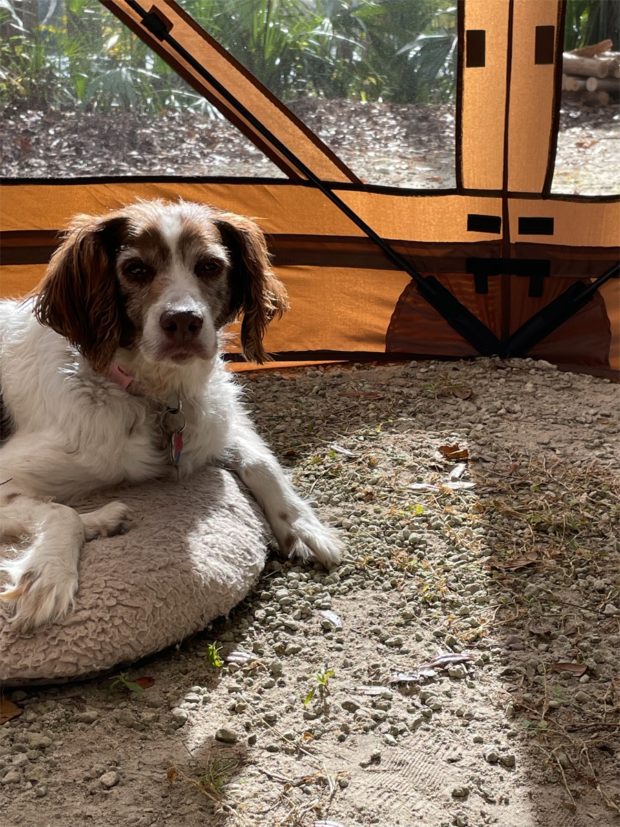
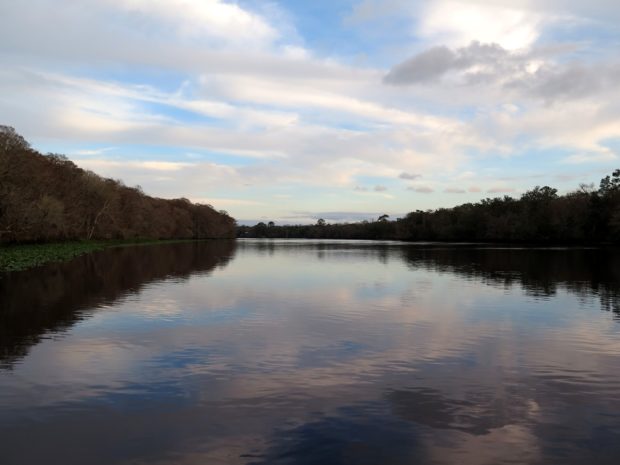
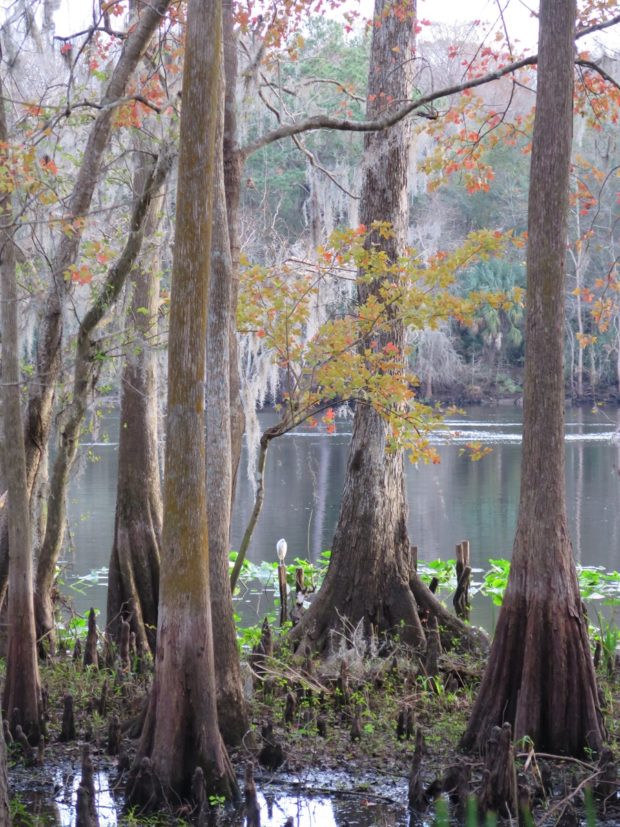
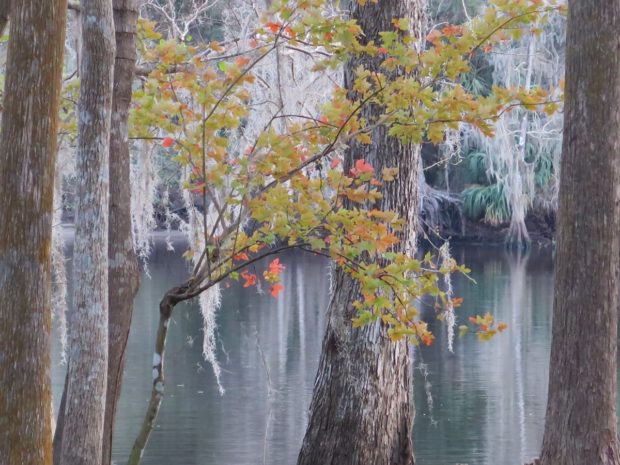
This last picture was not captured at YJRR. I took it while we were in North Carolina visiting family over the Christmas holiday.
More pics from YJRR will be featured in my next post. Those will include our friends, too.
